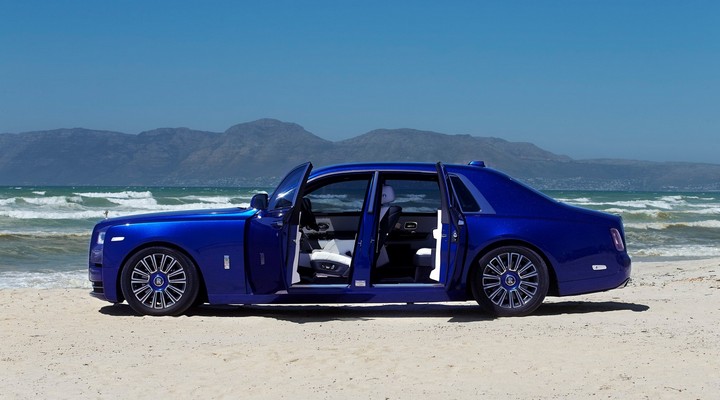Automobiles have long been a symbol of wealth, with even the simplest of cars being the objects of pride. Over the years, the industry has evolved from limited and niche brands to full-blown luxurious pieces of art. While cars became available to the public and hence lost their exclusivity, car brands rose to make their products even fancier, even better and even costlier.
Luxury cars have always been kept apart from the general category, as a castle separates the king from his people. They have also been called special names– ‘auto di lusso’ in Italy or ‘voiture de luxe’ in France, both meaning luxury cars. The Germans call them Oberklasse which directly means “upper class”.
Many car brands across the world manufacture models across multiple segments. Automobile giants like Volkswagen and General Motors even have plants worldwide. In order to segregate the luxurious cars from the mass-produced models, many car brands often choose to sell their luxuries under a different banner. This has led to Toyota forming Lexus and Nissan forming Infiniti, among others. Even popular brands like Citroen, Ford and Geely have DS, Lincoln and Volvo respectively.
However, car brands have always competed to extend their luxuries to as many segments as possible, creating further division in luxury cars.
- There are entry-level luxury cars, also known as Premium compacts. These became popular in the mid-2000s after European manufacturers introduced a cheaper alternative to their bigger luxury cars. Some models in this category are the Audi A3, Mercedes-Benz GLA, BMW X2, Lexus CT2000h and the Volvo C30. These cars might be smaller than their executive siblings, but they’re at par in luxury.
- Then come the compact luxury cars that are also smaller than their executive siblings and can also be called compact executive cars. It includes Alfa Romeo’s Giulia, Tesla’s Model 3 and the Infiniti Q50, among others.
- The Executives are bigger than the prior two and act as a gateway to ultra-luxury. Executive car is a British term for an automobile larger than a large family car. Jaguar XF and Volvo S90 are some examples in this segment.
- Germany’s Oberklasse segment and Europe’s F-segment are reserved for full-size luxury sedans. Most of them are flagship models of the company and feature the newest technology that the car brands have to offer. Also called luxury saloon or luxury limousine, these include the BMW 7 Series, the Mercedes-Benz S-Class, the Lexus LS and the Porsche Panamera, among others.
- The Ultra-luxury segment is reserved for the elite, with all cars costing well above the Rs 10 crore mark. Here car brands offer models that will focus primarily on offering as much luxury as possible,making almost each piece unique to its owner. Names like the Rolls-Royce Phantom, Maybach 57 and the Bentley Arnage are enough to tell people one thing: You got deep pockets.
These are the car brands that will help you redefine luxury. Each car falling under this segment has not only been manufactured to carry its passengers, it has been made to set standards of luxury and style.
